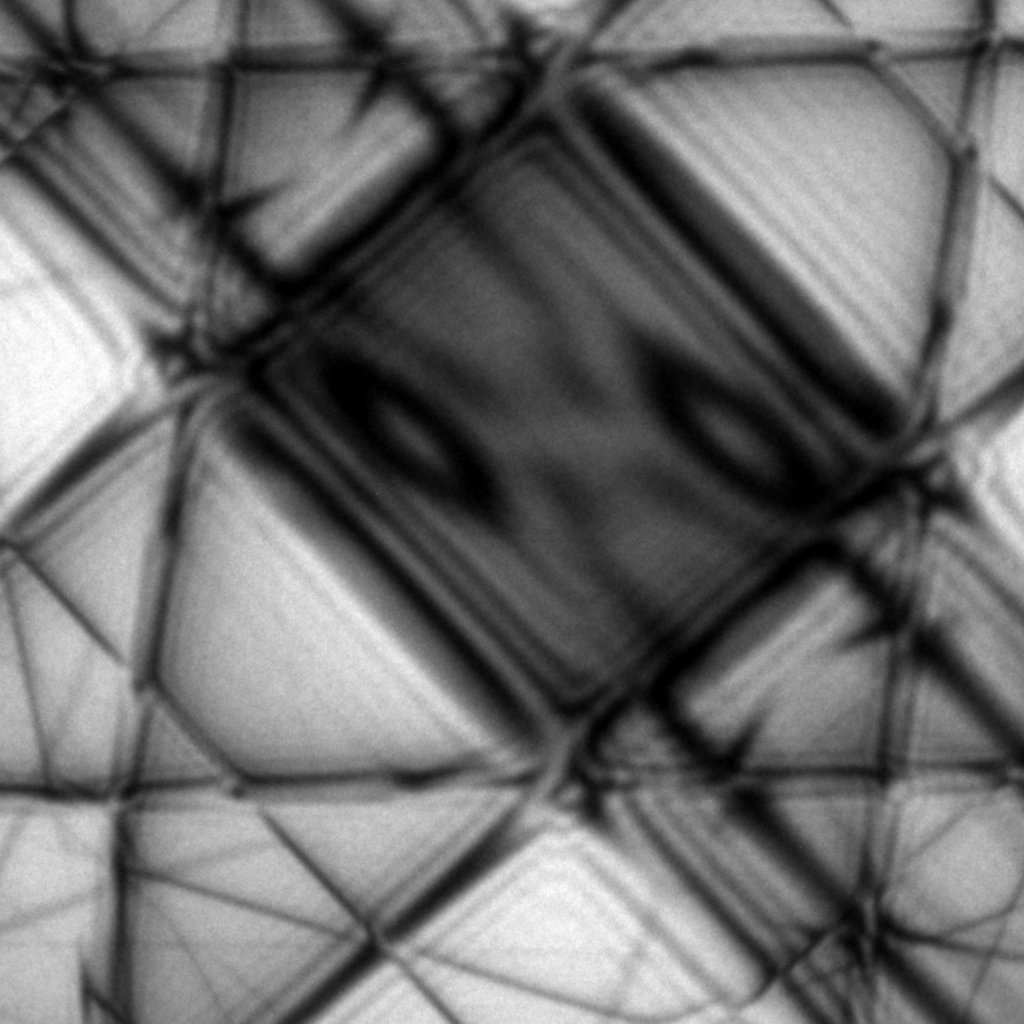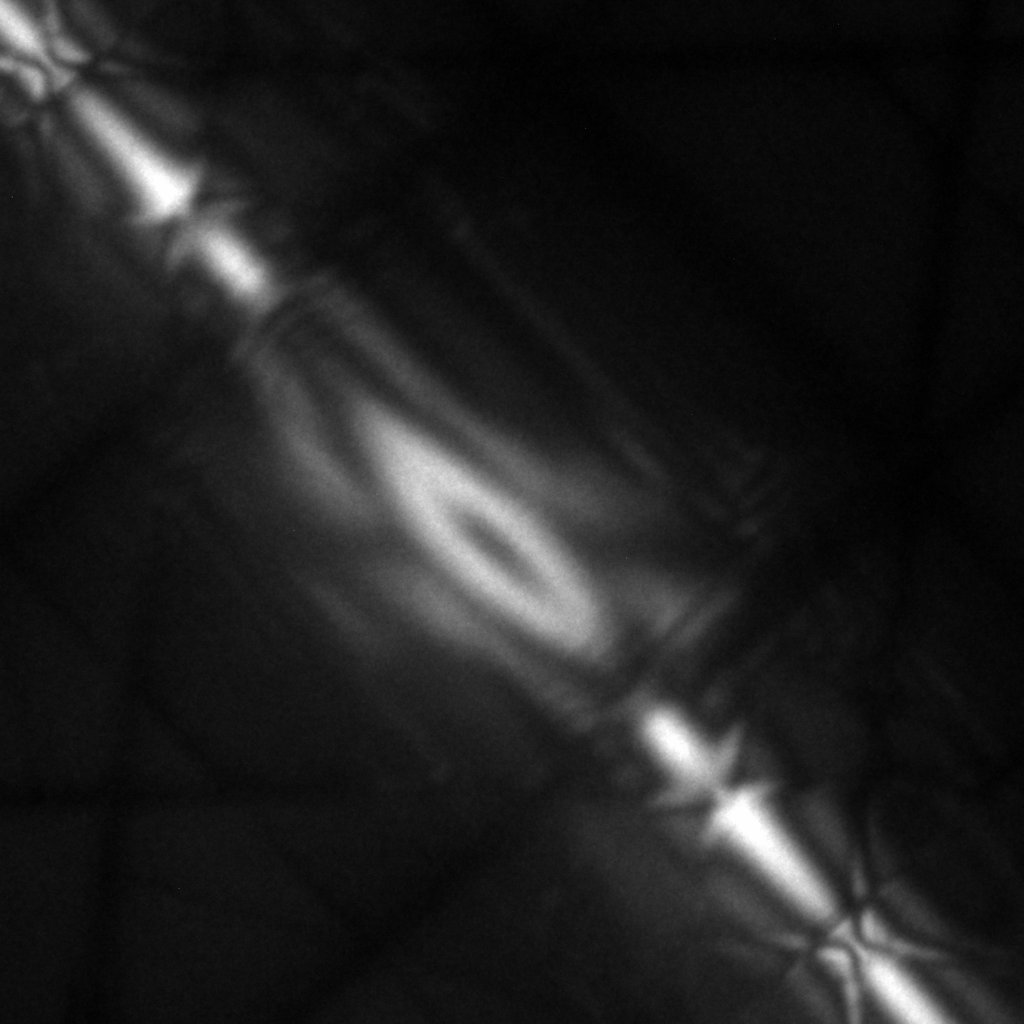IT-9-P-2929 Application of Large-Angle Convergent-Beam Electron Diffraction to APBs Recognition
The Large-Angle Convergent-Beam Electron Diffraction (LACBED) technique was proposed by Tanaka in 1980 to improve the quality of the CBED patterns obtained with a large angle convergent incident beam (Kossel patterns) [1]. In this method a specimen is raised (or lowered) from its usual eucentric position in the object plane. The LACBED technique which uses a defocus incident beam has a unique property: the image of the illuminated area of the specimen is superimposed on the diffraction pattern composed of Bragg lines [2]. Therefore, the pattern is a mapping between the direct and the reciprocal spaces and “shadow image” of a defect is visible on the pattern.
TEM investigations were performed on JEM 3010 Jeol equipped with Gatan CCD camera. Conventional TEM studies and LACBED were used to elucidate the structure of ordered intermetallics. The antiphase domains structure in various ordered intermetallics with perfect L12 superstructure has been examined. For advanced studies of the nature of antiphase boundaries (APBs) LACBED method was employed.
Ordering of atoms occurs in a large number of alloys. Whereas in the disordered form the lattice sites are occupied at random, they will be occupied by atoms of a given chemical species in the ordered form. Ordering is accompanied by domains formation. The arrangement of domains is characteristic for ordered alloy and applied technology. Due to phase contrast the visibility of APBs is significant on TEM images. Using centered superlattice dark-field image the mapping of ordering can be achieved (Fig. 1). Perfect symmetry was confirmed from LACBED images and ordering is manifested in superlattice Bragg lines (Fig. 2). Any defects breaking the translational symmetry and perfect order can be visible on LACBED lines. For antiphase domain boundaries (APBs) in ordered compound the splitting of superlattice Bragg lines on LACBED images can be observed (Fig. 3). The superlattice excess line is split into two lines with equal intensity on bright-field LACBED pattern as well as on dark-field LACBED pattern if the domains are enough large to see the effect (Figs. 3-4). This splitting can be considered as typical and used to identify APBs. For very fine domains only subtle effect of affected Bragg lines can be noticed [3].
References:
[1] M. Tanaka, R. Saito, K. Ueno, Y. Harada, LACBED, Journal of Electron Microscopy, 29 (1980) 408-412.
[2] J.P. Morniroli, Large-Angle Convergent-Beam Electron Diffraction (LACBED). Applications to crystal defects, Sfμ , Paris (2002).
[3] E. Jezierska, J.P. Morniroli, Antiphase boundaries in Ni3Al ordered intermetallic – application of CBED method, Material Chemistry and Physics 81 (2003) 443-447
The financial support from the Polish Ministry of Science and Higher Education, Faculty of Materials Science & Engineering Warsaw University of Technology is gratefully acknowledged.



